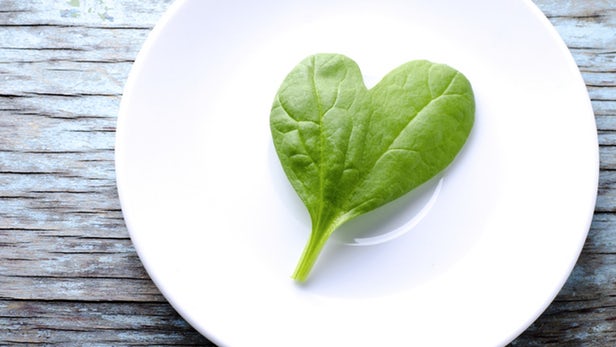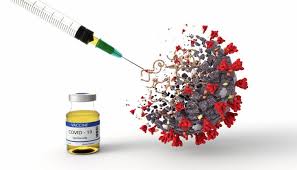New Research: Vegetables Saving Lives
Recently, spinach has grabbed the attention of scientists. The texture of the leaf is smooth and soft, much like human tissue. Its physical properties consist of a network of veins inside of a thin, round leaf, much like blood vessels in a human heart.
Researchers at Massachusetts’s Worcester Polytechnic Institute published their study last week in the journal Biomaterials, which suggests a way to grow a working vascular system with tissue engineering. Basically, the team of ingenious scientists have discovered a method to build a functioning human heart muscle out of a spinach leaf. This technology could potentially solve deficiencies in organ repairs and transplants.
3D printing has given researchers the opportunity to create large-scale tissue models for surgical purposes, but it is more difficult to produce the small-scale, thin, blood vessels needed for the tissue to thrive.
In the field of tissue engineering, the absence of a vascular network is what makes the research so challenging. Without the vascular network, there is an abundance of tissue death and a higher probability of the tissue replacement being rejected by its system.
The most noticeable physical trait of a plant leaf is the network of tiny veins that transport nutrients and water to its cell bodies. Using this, scientists are able to use plant veins to copy how blood moves through veins in humans. By modifying a spinach leaf and removing its plant cells, researchers have found that a frame of cellulose is left behind. Cellulose is biocompatible, which means it can be used in a variety of medicinal applications, such as wound healing and tissue engineering.
The researchers washed the cellulose plant frame in live human cells. In doing this, the human tissue was able to grow on the spinach leaf and encase its veins. Now that the spinach leaf was biologically similar to a heart muscle, the researchers pushed fluids and microbeads into the veins. This demonstrated that human blood cells can run through a biologically altered plant system.
Eventually, the goal is to implement this research in replacing damaged heart tissue from heart attacks or cardiac problems that restrict muscle contraction. The genetically modified veins in the spinach leaves would act like blood vessels and transport oxygen to replacement tissue. Bringing nutrients to new replacement tissue would then generate new heart matter.
The researchers state in their study that similar methods could yield further research with different plants and different types of human tissue. For example, wood cells from trees could potentially heal broken human bones.
A lot more research still needs to be done, but so far, plant modification for tissue engineering has been proven successful and promising.








